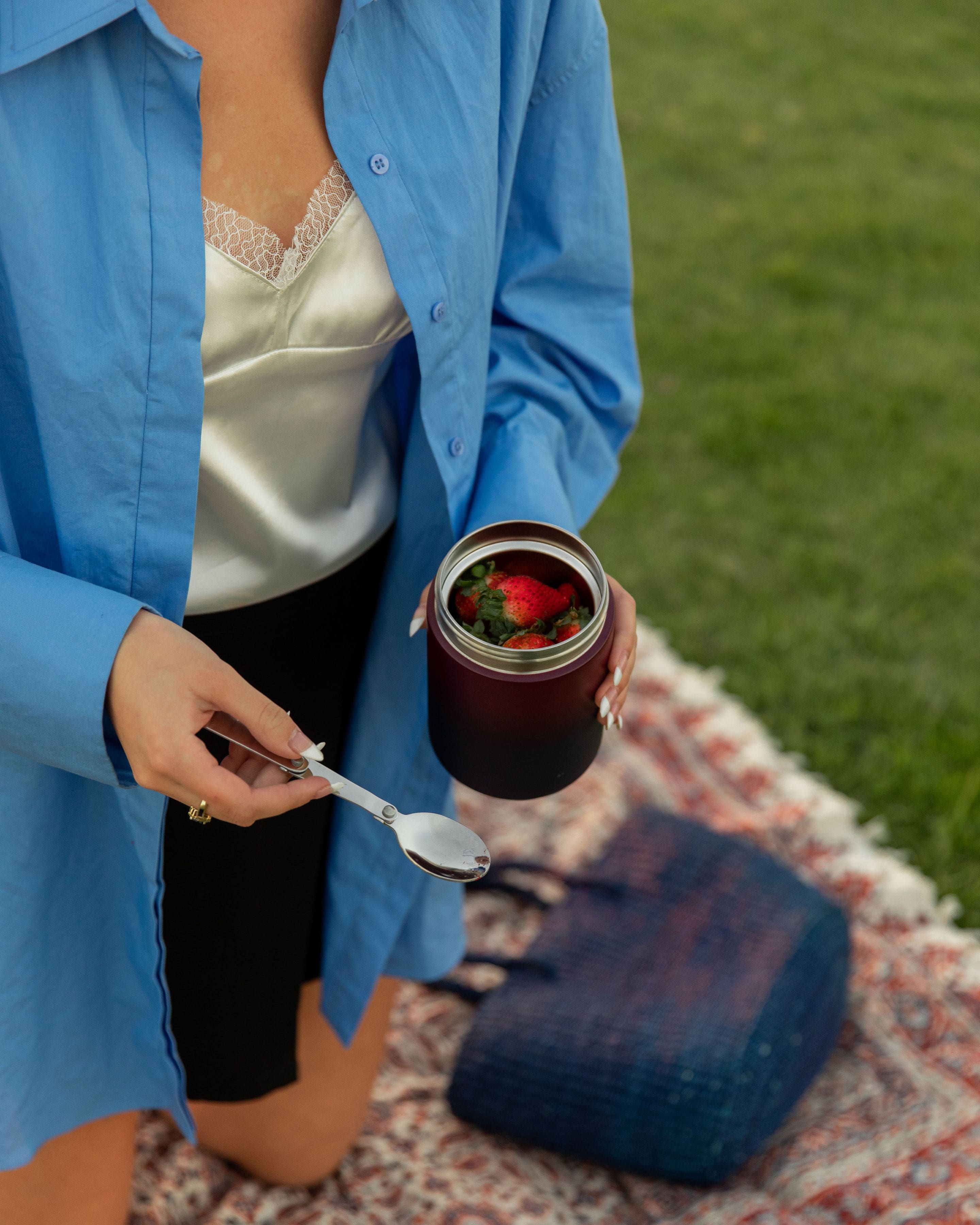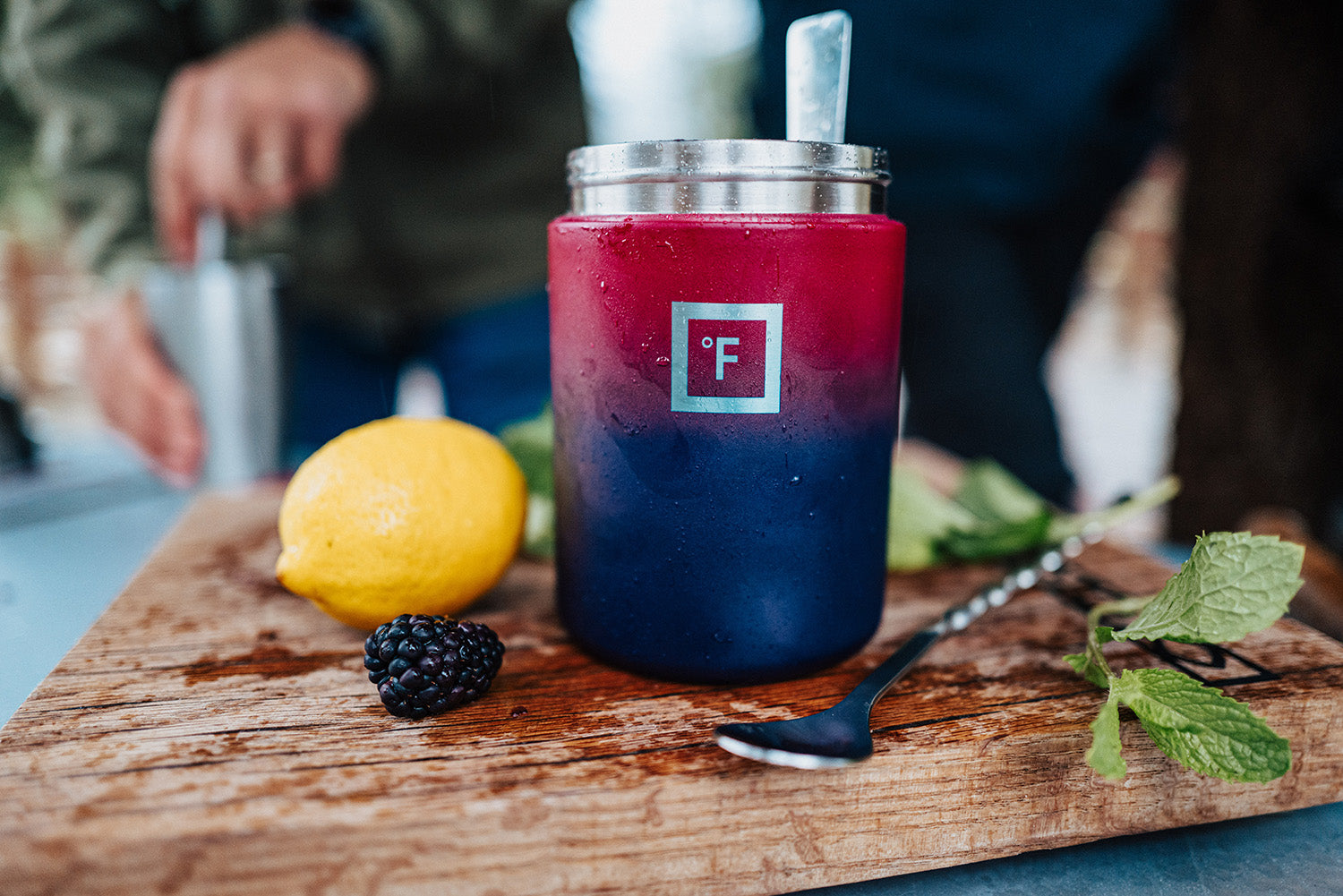Blog

Why Nutrition is Essential for Your Fitness Training
To get the best results from your workout, it's important to understand the importance of fitness and nutrition, a winning combination for health and wellness. Like all the best...

Does Drinking Cold Water Help with Fitness?
We’ve all heard about the benefits of hydration. Drinking enough water each day can have a tremendous impact on our energy levels, brain function, and overall physical health. A...

The Perfect Summer Morning Routine for Parents and Kids
Summer is a time for fun. With the school year over, many families are looking forward to long afternoons at the beach, mornings spent sleeping in, and evenings staying up late ...

Camp Cocktails to Spice Up Your Next Adventure
What’s better than fresh air and open spaces? Enjoying it all with a camp cocktail in hand.